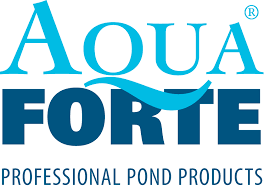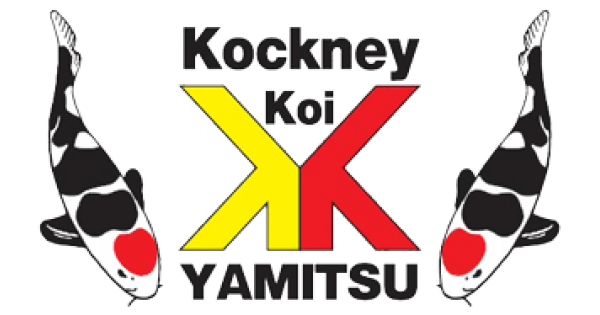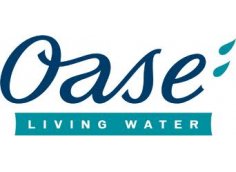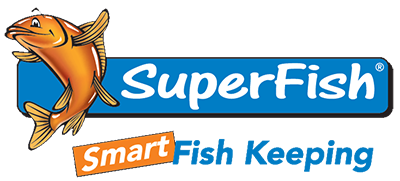
Common Name (UK): Sterlet, Albino Sterlet
Other names: Gold Sterlet, Toffee Sterlet, Leopard Sterlet.
Scientific Name: Acipenser Ruthenus
Adult size: The Sterlet can reach 16 kg in weight and 100 (39”)to 125cm (49”) in length, rarely exceeding a length of 1m (39”).
Record Size: Individual specimens are reported captured in Russia up to 17kg in weight. Rod and Reel caught specimens are documented at 8kg caught in 2002 in Austria.
Lifespan: The Sterlet commonly reaches the age of 22 to 25 years.
Natural Habitat: Native to large rivers that flow into the Black Sea, Azov Sea, and Caspian Sea, as well as rivers in Siberia as far east as Yenisei. They primarily feed on benthic organisms; they commonly feed on crustaceans, worms, and insect larvae. Populations migrating between fresh and salt water (anadromous) are now considered extinct.
Geographical Range: Parts of Europe (East and South East) and Russia have natural populations. Bred in aquaculture and for ornamental supply though out Europe and Russia.
Use in Aquaculture: Sterlet are bred for use as a food source, caviar and also isinglass (a substance obtained from the dried swim bladders of fish. It is a form of collagen used mainly for the clarification or fining of some beer and wine). There is also a large ornamental market for Sterlet throughout the UK and Europe. There are also a number of re-stocking programmes to encourage recovery of natural populations. The species is considered vulnerable under the IUCN species list and is considered to be decreasing.
Breeding: Spawning occurs from the middle of April to the beginning of June. Females may lay from 15,000–44,000 eggs, at water temperatures preferably 12–17 °C (54–63 °F). The species does not reproduce naturally in the UK with all fish imported as eggs, juveniles or adults from Europe.
In Ornamental Ponds: The Sterlet is one of the more common and arguably more suitable species for keeping in an ornamental pond. Their needs are quite simple requiring good oxygen supply and a specialised food (they cannot digest the plant based matter in most ornamental feeds). Their overall adult size still requires them to be housed in a large pond in excess of 4500 litres (1000 gallons) or larger. They are a very placid species preferring to swim consistently around the bottom of the pond occasionally moving up the sides. The natural or normal coloured Sterlet is significantly less popular that the albino and leuscistic variations (White, Gold, Toffee, Leopard or mottled variants).
Sterlets are prone to becoming entangled in fibrous weeds and plants and their inability to swim backwards often results in death as they exhaust themselves trying to get free. They generally do best in large, deep unplanted ponds that suit Koi.
Medications and Treatments: Sterlets are less tolerable to salt as a treatment than other sturgeon species. Any salt treatment should be administered with caution and not in excess of 15g/l (1/5%).
Malachite Green, Acriflavin, Fluke treatments are acceptable for the treatments of a whole pond. We recommend treating for parasite issues at pond level with Alparex or Flukesolve for the appropriate issues at the recommended doses specified by the manufacturer.
Formalin and Potassium Permanganate are toxic to Sterlets and should never be used.
Avoid all general fungus and bacterial medications as they are often very low strength an contain levels of Formalin.
Some Blanket weed treatments are also toxic to Sterlets. However, given their inability to remove themselves from fibrous weed it should be considered an issue before stocking and resolved.
FAQ’s:
Can I have Sterlets with other fish species?
Yes, Sterlets are harmless to other fish species and are very dosile. They may eat fish eggs as part of their diet if existing fish were to spawn in the pond.
Can I have Sterlets in an aquarium?
Due to their rapid growth rates and overall sizes in adulthood we cannot recommend they be kept in aquariums at any point.
Should I remove the Sterlets whilst treating my pond as they are sensitive to treatments?
We have used, for a number of years, Alparex (Acriflavin/Malachite based) and Flukesolve for the treating of the appropriate parasites with no ill effects on Sterlet. Refer to the medications section for further information.
Do Sterlet keep the bottom clean?
In short, No. They will produce waste of their own and will not ‘clean’ the bottom of the pond. This is a myth.
Do Sterlet get parasites?
Sterlet do have a very thin mucus layer so it is feasible that they could be a host for the common parasites. However, we have yet to record any of the common parasites on a Sterlet or Sturgeon with the exception of Argulus (fish lice). Where a pond requires treatment we recommend the medications above in accordance with manufacturer’s instructions.
Buy Sterlet here:
https://www.mf-aquatics.co.uk/?s=sterlet&product_cat=0&post_type=product
Download fact sheet here:
https://www.mf-aquatics.co.uk/product/sterlet-fact-sheet-free-download/

 Aquarium Fish
Aquarium Fish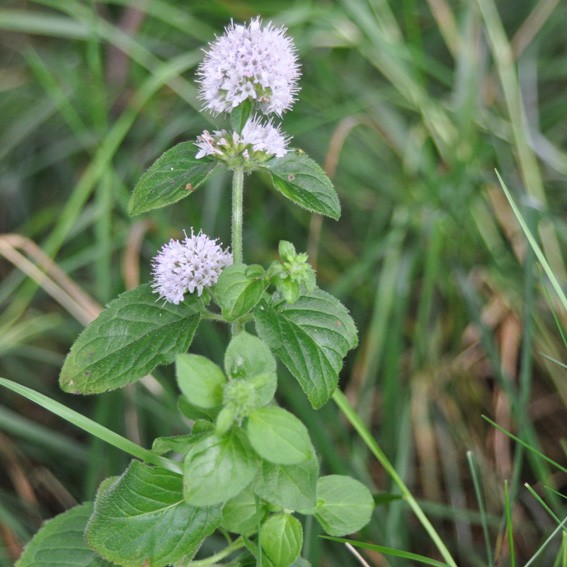 Aquatic Plants, Mussels and Snails
Aquatic Plants, Mussels and Snails Koi
Koi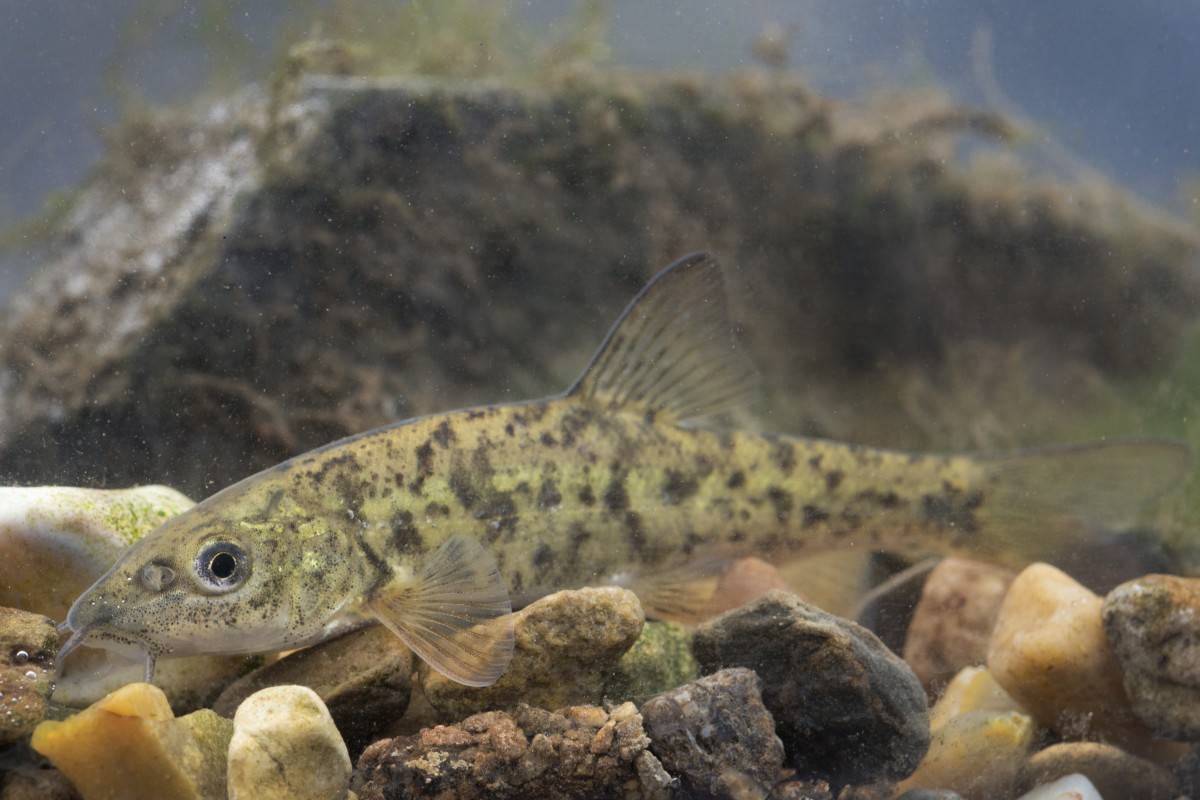 Native Fish
Native Fish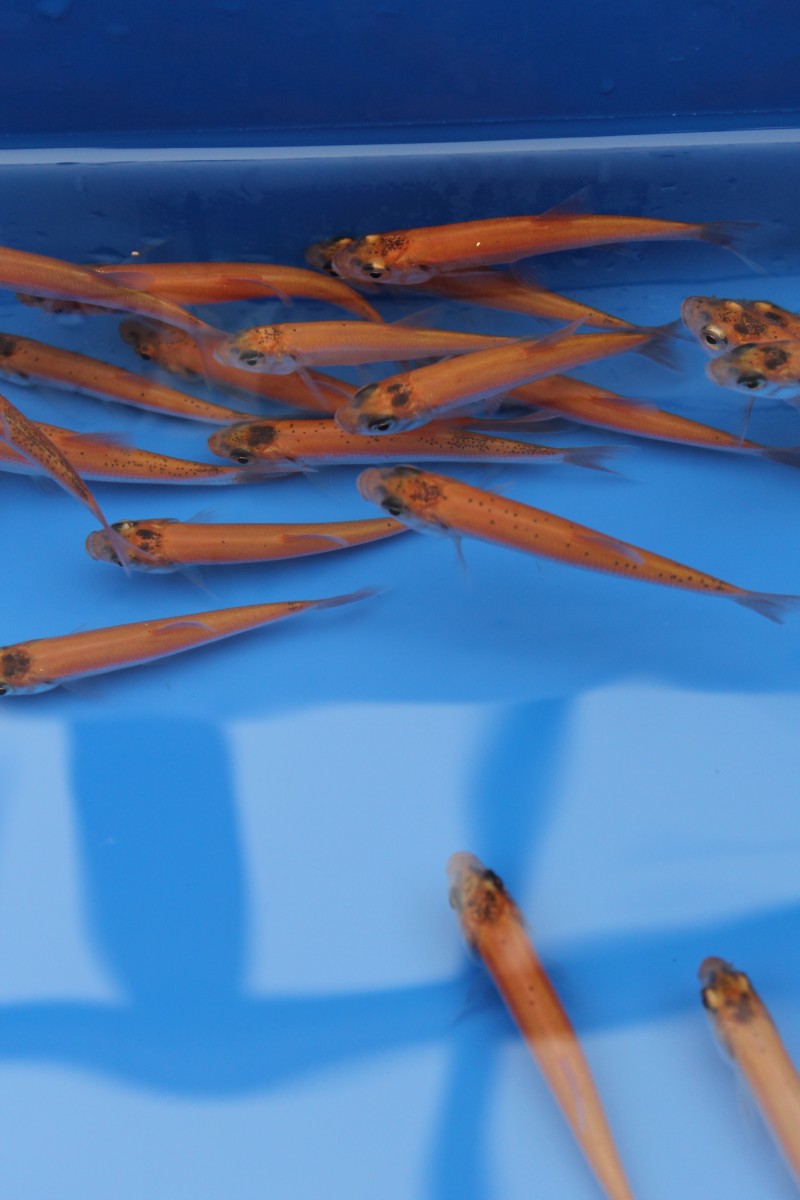 Ornamental Fish
Ornamental Fish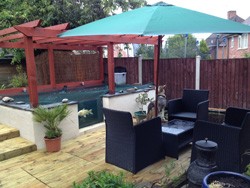 Pond Building
Pond Building